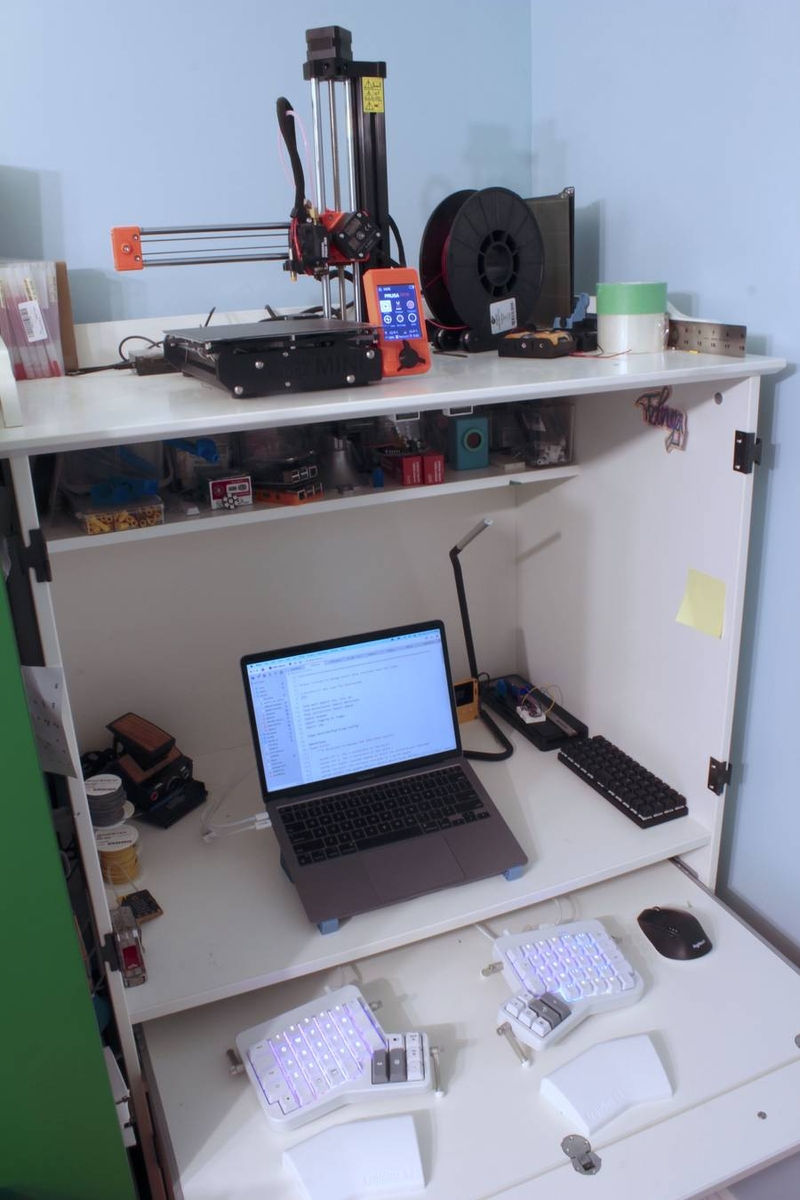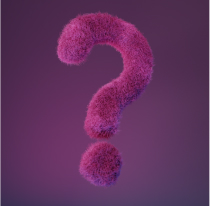The people who use our boards.
314 interviews since 2018
The people who use our boards.
Max Lupo
Artist & EducatorWho are you, and what do you do? What do you like to do outside of work?
I’m Max Lupo, an artist and educator working in Ontario. In my day job I work at the Innisfil ideaLAB & Library as a programmer in the Creative Making & Discovery department. In this role I design and implement workshops which help patrons learn how to use the equipment in our hackLAB. Additionally, I teach part-time in Georgian College’s Fine Arts program.
My artistic practice usually involves taking apart vintage objects, and making something new with them. Sometimes these smaller objects work their way into larger performances, in order to animate them in interesting ways. With many of my projects the goal is to take an object on the outer edge of its usable life, and imbue it with some new meaning and value.
For both my job and artistic practice, I find myself working in many different directions…a single project may involve writing code, designing graphics, soldering, woodworking, and really just doing whatever else the project demands.

Finally, as a kind of merger of art and commerce, I recently launched a T-shirt shop which uses some of my Polaroid photography and algorithmically generated phrases—fun stuff!
Oh, and I’m also the father of a spirited and thoughtful nineteen-month-old!
What hardware do you use?
Most of my work these days is done on a 13” MacBook Air (M1, 2020. My setup is not very fancy: I just use the single laptop display, with no external monitors, on a regular-as-can-be desk. However, on that boring ol’ desk there is a bunch of fun hardware stuff! In 2020 I picked up a Prusa MINI+ for all of my 3D printing needs, and it has served me well so far. In my art practice I often use a range of small microcontrollers sold by Adafruit. My current favorite is the Adafruit Feather nRF52840 Sense because it offers so many possibilities in such a small package (sensors, battery charging, Bluetooth, oh my!), and can be programmed with a version of Python for microcontrollers—which still feels amazing. For work, I just finished running a coding course using the BBC micro:bit (a low-cost microcontroller for education) where we coded a remote control DIY buggy.
Lately I have been trying to find ways to integrate video games into my artistic practice, and so one piece of hardware I am particularly excited by is my Playdate dev preview unit! Hopefully I will find the time to make something fun soon.

And, I am very lucky to have one of my absolute favourite cameras always nearby: a Polaroid SX-70! The SX-70 was first released in 1972, and both then and now it is an amazing technical achievement.
And what software?
Lately, when I am writing code (for microcontrollers or otherwise) I have been using Nova by Panic. If I need to create or edit vector illustrations I most often turn to Inkscape, though I am testing out the Affinity suite of products.
For work, the software that captures most of my time is Google Docs…which is fine. This past year we used Google Meet to deliver the Library’s virtual workshops, which has gone (a bit) better than expected.
If I am making models for 3D printing I usually use Blender, though I am starting to feel as though I should take the time to learn something new. I used to use Blender for video editing (long story!), but I now use DaVinci Resolve, which has been a great tool to learn!
When I’m not working, or otherwise being productive, I am usually spending time in NetNewsWire reading through the day’s RSS feeds.
What’s your keyboard setup like? Do you use a custom layout or custom keycaps?
Ah yes, the keyboards! At home, I use an ErgoDox EZ with Cherry MX Brown switches. My keycaps are pretty standard, but I have added some small printed labels (which were meant to be temporary) to help me remember some of my more esoteric shortcuts. In the near-ish future I would like to replace the labels with 3D printed keycaps, or some colourfully designed custom caps. My layout is set up as Colemak, with some changes to the punctuation organization. I like the setup, but I was recently made aware of the Workman layout, and I am very interested in giving it a spin!
I also have a Planck EZ with Kailh Box White switches, for when I am at work. I originally purchased the Planck with Kailh Thick Gold switches, but I couldn’t handle the rigorous demands of a well crafted SpeedSwitch. I turned to the Box Whites looking for a switch with a crunchy click, and a bit less travel. Of course, there are so many switches to try… and it is a low-key goal of mine to use different switches for each different type of key (shortcuts/letters/punctuation/etc.), but maybe that would be going too far(??). The Planck is also set up with a lightly modified Colemak layout.
The overall goal of both layouts is to get as much functionality as possible using as few keys as possible: the Planck uses only two layers, for example!
What would be your dream setup?
Right now my “studio” is a hand-me-down desk which somehow looks like a closet… I would absolutely love to have more room to work on my projects in a dedicated studio space! Right now many of my tools and old projects are stuck in storage, so if I had a space that could accommodate all of my stuff it would truly be a dream.





